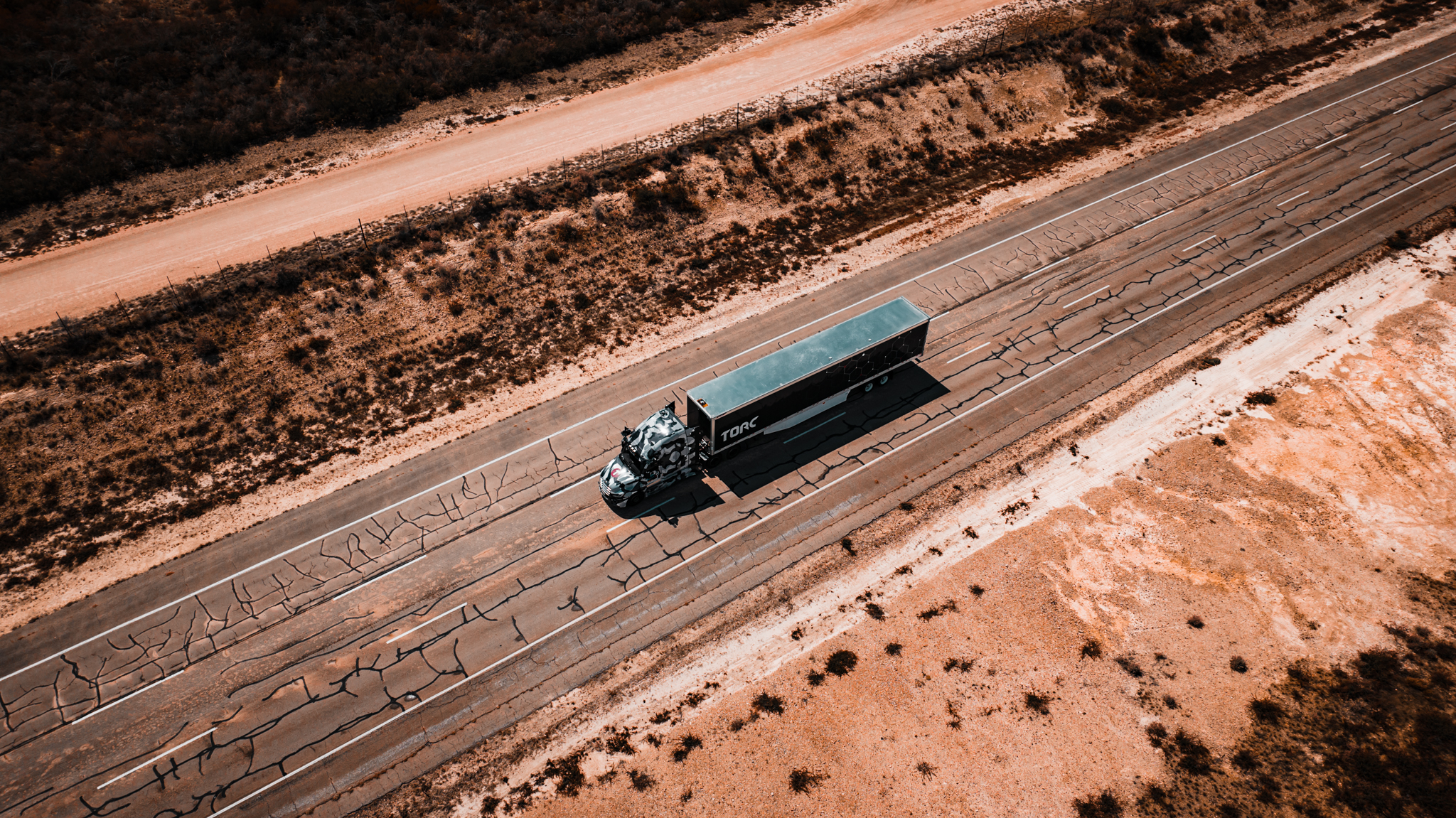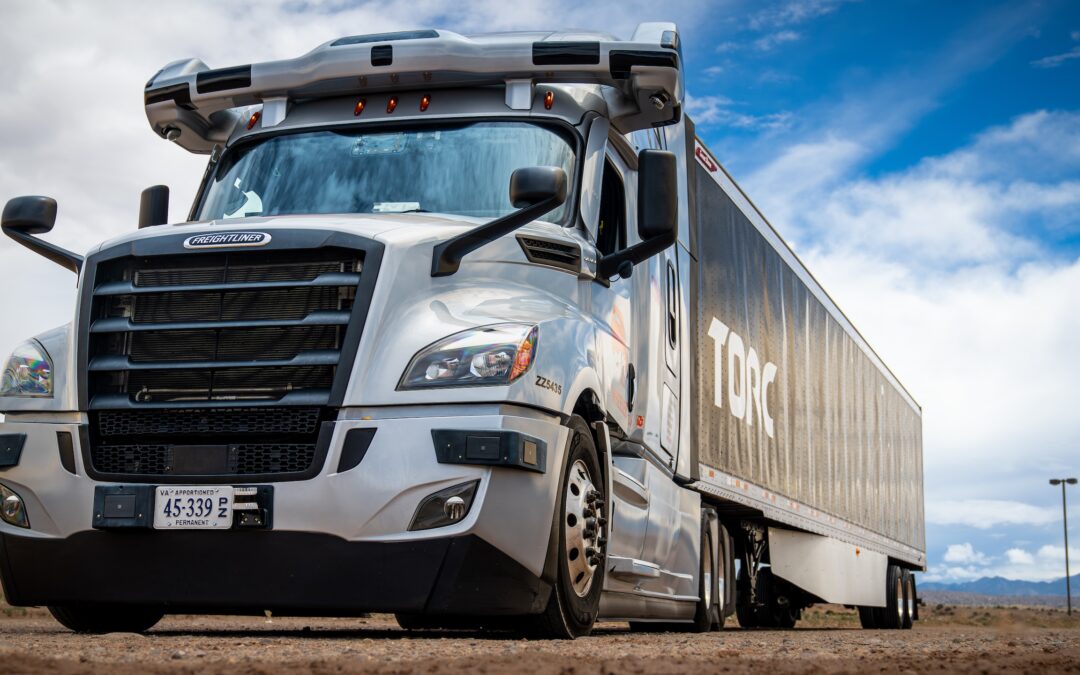
A Product Release, Not a Demo: Why Torc’s Autonomous Product Release v0.1 Was ‘The Next Step’

As Torc Robotics nears its 20th year of operations in 2025, it has achieved an incredible milestone: a fully self-driving product release validation. More than just a demo, this milestone manifests the hard-won lessons behind Torc’s R&D, advanced engineering, artificial intelligence, machine learning, software best practices, and operational excellence. But if you look past the dramatic images of no human behind the wheel of an 18-wheeler moving at 65mph, it represents a powerful step forward toward an efficient and sustainable freight system that will reshape our supply chain… and you also have a rather standard production stage step.
The autonomous drive without a human driver was a straightforward, product milestone. Additionally important, it marked the critical next step from Torc’s advanced engineering phase to productization on a unified, embedded platform. Not a bolt-on solution, Torc’s integrated Freightliner Cascadia is autonomous-ready, creating more efficient, profitable way to move freight across middle mile routes.
The productization stage of any development process is meant to prove that a product was built correctly, in both reference to customer pain points and needs, and in our case, using automotive and software best practices to create a road-worthy product. Every software you’ve ever used or product you’ve ever bought has likely had some form of product validation stage. In our self-driving truck validation, we need to address the fact that the community needs a safe vehicle for the long-haul journeys wherein a human driver is unavailable. Therefore, our truck must be able to drive on its own. So, our product validation was more than just a demo – it was real time, real speed proof that the software can do what it’s supposed to do, as well as a demonstration of what this technology can do for our customers and our communities.
The Torc product management team is quick to point out that this milestone wasn’t a demonstration but simply a stage in a product release lifecycle, marking the next stage of product maturity. “All software needs to have this step to be created,” says Sheila Scanlon, Vice President of Product Management. “You don’t release software until it’s passed all the tests, and while this test was amazing to see, it was a product validation event. This release ties completely back to our product roadmap with a subset of the end features being fully tested and verified, but no software release is ever the ‘final’ release. It’s just like your cell phone: It’s constantly getting upgrades, as will our software.”
Larry Page and Sergey Brin, two PhD students, had the software know-how to create a better and faster search algorithm. They tested on a small controlled, gated data pool at first, Stanford University’s computer network, as their first product validation. After positive feedback and expansion, that search algorithm eventually became Google.
The company’s applied and responsible artificial intelligence (AI) applications, system architecture, production-intent embedded hardware, and directing safety engineering all joined up to get the truck on the road autonomously. From this point until market entry, Torc is working on fully vetted, tested, and traceable software. Our product validation stage is just one chapter in a much longer story.
“This product is never going to be done. This was one step. We’re continuing to build upon the product capabilities and features, with every additional release until our version 1.0 release, which will be available early 2027,” says Scanlon. “It’s a subset of the feature complete. It’s always going to be growing and expanding. New sensors and hardware will be created, and we’ll have better and better capabilities and more and more features, which will allow us to expand our ODD or expand the roads.”
At Torc, we’re targeting initial use cases across the southern United States for our first commercial product launch, scheduled for 2027. Our product validation event has proven that our first leg of freight, in Texas, is a feasible and achievable use case for our technology. As we develop new features and unlock new routes, our self-driving semis will become a powerhouse of safe, efficient, and easy freight.


